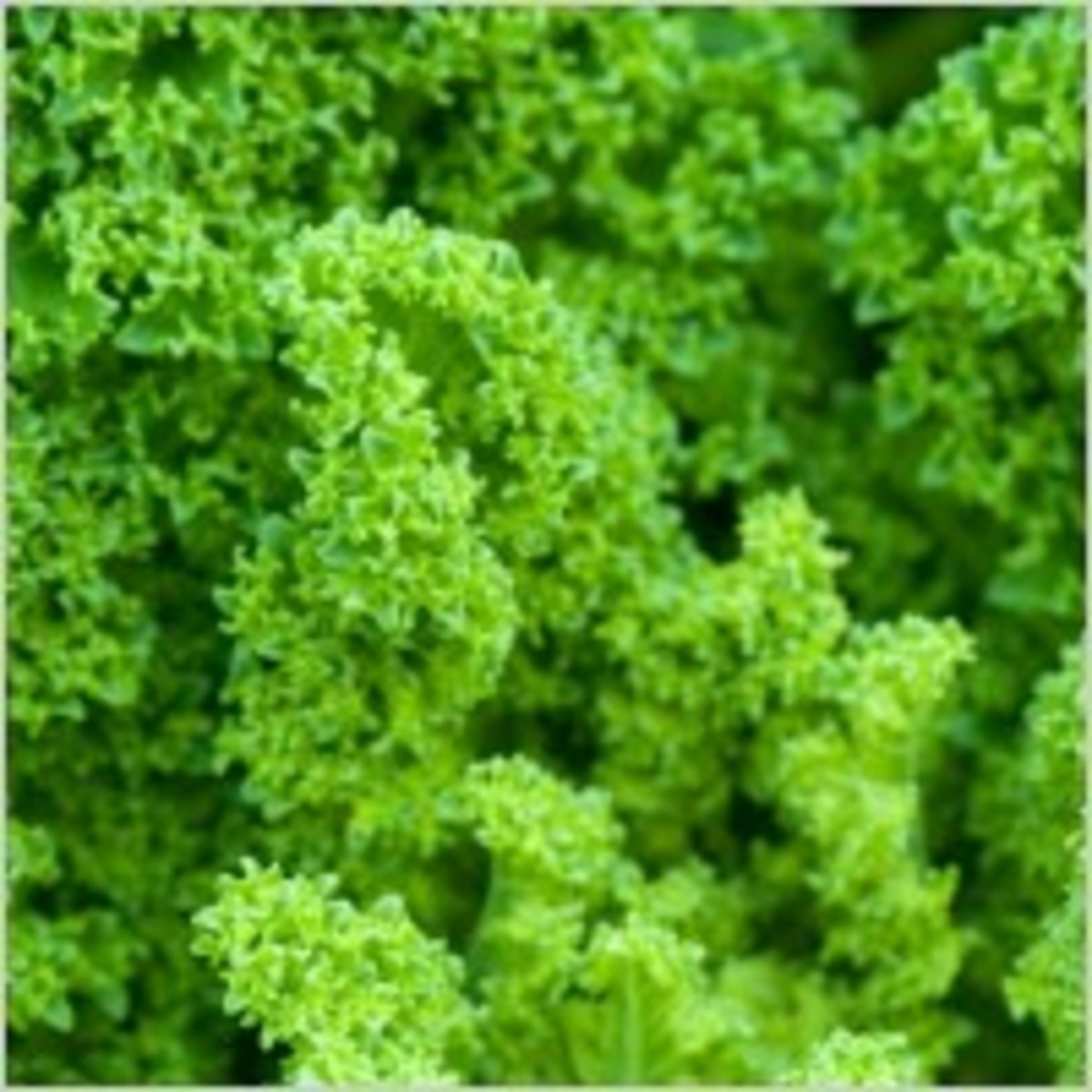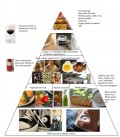Fresh Healthy Foods
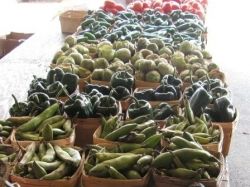
Fruits, Vegetables, Herbs, Meats, Dairy Products and Seafood
This page has tips on finding and using the best fresh healthy foods in the USA.
Fresh, locally sourced fruits, vegetables, seafood and other foods are delicious, healthy and worthwhile.
The quest for healthy foods involves health issues, sustainability, labeling, local sourcing, farmers markets and other food-related subjects.
Other important issues for consumers are the definitions of "organic" and "natural" foods.
Best Places to Find Fresh Foods
Buying the best fresh foods for your family can be a rewarding experience. While fresh foods are available at grocery stores and large shopping marts, many buyers will find that seeking out fresh local fruits, vegetables, seafood and other foods is fun, healthy and worthwhile. Sources of fresh foods include farmer's markets, produce stands, orchards, cooperatives, seafood markets, festivals and more.
Organic Foods and Cooking Books
What Exactly is "Natural" Food?
As of 2008 the FDA had provided no formal definition for "natural". FDA rules currently allow the term "natural" to be used on food products as long as such use "is truthful and not misleading." The term natural may not be used on any food product that contains artificial colors or flavors or "synthetic substances." Specific ingredients are also prohibited from being labeled "natural," except for "natural flavors."
Fresh Food Links
- Fresh Seafood
Information about every aspect of buying, cooking and enjoying fresh seafood locally or online. Included are seafood recipes and articles on buying, cooking and enjoying fish, crabs, lobsters, shrimp, clams, oysters, scallops, mussels and other seafo - Fresh from Florida
With an economic impact of more than $100 billion annually, the agriculture industry in Florida keeps growing and returns resources back to our communities. Our growers and producers provide the foods we eat, the plants we enjoy and the animals that - Maryland's Best
Maryland's Best is your source to find the best local products from Maryland farmers. From produce, seafood, and specialty foods to grains, nursery items, and ag-recreational activities. - Tidewater - Hampton Roads Virginia
Tidewater - Hampton Roads Virginia business and organization directory - find fresh fruits, vegetables, seafood markets, farmers markets, festivals and more. - Reasons for Eating Organic
Debate has gone on over the years about the value of eating organic foods over the typically grown produce, meat and dairy products. - Food Safety Modernization Act
The new FDA Food Safety Modernization Act is likely to have a strong impact on the American food supply. Proponents of the bill say the bill will allow the Food and Drug administratiion (FDA) to better protect Americans against contaminated food and
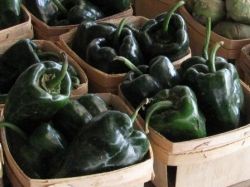
American Organic Food - Definitions, Labels and Laws
Federal laws related to organic food labeling made a leap in 1990 with passage of the U.S. Organic Foods Production Act (OFPA), which ordered the U.S. Department of Agriculture (USDA) to set certification standards.
Although USDA had opposed passage of the act, environmental, consumer, and farm groups persuaded Congress to include it in the 1990 Farm Bill. As directed by the law, the Secretary of Agriculture established a National Organic Standards Board to help develop a list of substances permissible in organic production and handling and to advise the Secretary on other aspects of implementing a National Organic Program.
The term "organic foods" refers to the methods used to produce the foods rather than to characteristics of the food themselves. The most common concept of "organically grown" food was articulated in 1972 by Robert Rodale, editor of Organic Gardening and Farming magazine, at a public hearing:
Food grown without pesticides; grown without artificial fertilizers; grown in soil whose humus content is increased by the additions of organic matter, grown in soil whose mineral content is increased by the application of natural mineral fertilizers; has not been treated with preservatives, hormones, antibiotics, etc.
In 1980, a team of scientists appointed by the USDA concluded that there was no universally accepted definition of "organic farming." Their report explained:
The organic movement represents a spectrum of practices, attitudes, and philosophies. On the one hand are those organic practitioners who would not use chemical fertilizers or pesticides under any circumstances. These producers hold rigidly to their purist philosophy. At the other end of the spectrum, organic farmers espouse a more flexible approach. While striving to avoid the use of chemical fertilizers and pesticides, these practitioners do not rule them out entirely. Instead, when absolutely necessary, some fertilizers and also herbicides are very selectively and sparingly used as a second line of defense. Nevertheless, these farmers, too, consider themselves to be organic farmers.
Eventually, the Organic Foods Production Act forced the USDA to develop an official definition. On December 16, 1997, the USDA Agricultural Marketing Service proposed rules for a National Organic Program. The proposal applied to all types of agricultural products and all aspects of their production and handling, ranging from soil fertility management to the packaging and labeling of the final product.
The proposal included:
* national standards for production and handling
* National List of approved synthetic substances
* certification program
* a program for accrediting certifiers
* labeling requirements
* enforcement provisions
* rules for importing equivalent products.
The proposed rule defined organic farming and handling as:
A system that is designed and managed to produce agricultural products by the use of methods and substances that maintain the integrity of organic agricultural products until they reach the consumer. This is accomplished by using, where possible, cultural, biological and mechanical methods, as opposed to using substances, to fulfill any specific function within the system so as to: maintain long-term soil fertility; increase soil biological activity; ensure effective pest management; recycle wastes to return nutrients to the land; provide attentive care for farm animals; and handle the agricultural products without the use of extraneous synthetic additives or processing in accordance with the Act and the regulations in this part.
Continuing to refine the definition of organic food, lawmakers again made changes. The
2002 USDA definition states:
Organic food is produced by farmers who emphasize the use of renewable resources and the conservation of soil and water to enhance environmental quality for future generations. Organic meat, poultry, eggs, and dairy products come from animals that are given no antibiotics or growth hormones. Organic food is produced without using most conventional pesticides; petroleum-based fertilizers or sewage sludge-based fertilizers; bio-engineering; or ionizing radiation. Before a product can be labeled "organic," a Government-approved certifier inspects the farm where the food is grown to make sure the farmer is following all the rules necessary to meet USDA organic standards. Companies that handle or process organic food before it gets to your local supermarket or restaurant must be certified, too.
It is likely that the USDA definition of organic food will be a constantly changing term as technology, science and public options evolve.
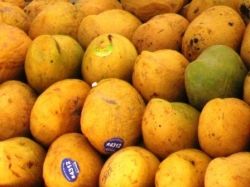
'Know Your Farmer, Know Your Food,' initiative
On 9/15/2009, Agriculture Deputy Secretary Kathleen Merrigan announced that $4.8 million will be awarded to local organizations in 14 states to build community food systems and fight hunger and food insecurity. This announcement comes as part of USDA's 'Know Your Farmer, Know Your Food,' initiative, a department-wide collaboration that will connect people more closely with the farmers who supply their food and increase the production, marketing and consumption of fresh, nutritious food that is grown locally in a sustainable manner.
"Building local sustainable food systems to be proactive in fighting hunger and obesity is a priority for the Obama Administration, and USDA's 'Know Your Farmer, Know Your Food initiative will help meet that goal," Merrigan said. "These grants put funds in low-income communities that struggle with access to healthy food and they are an important step toward achieving our goal of having healthy, nutritious food available to everyone, especially children."
source: USDA
Poll - Do you Buy Organic Foods or Not?
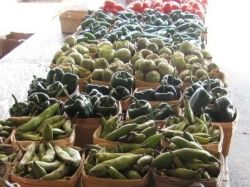
Are Organic Foods More Nutricious?
A recent study by the UK's Food Standards Agency concluded that foods produced organically are not nutritionally superior to foods produced scientifically. The study, published in the American Journal of Clinical Nutrition, found minimal differences between the two approaches of growing food when it came to nutrients such as vitamin C, calcium, and iron. The same was found true with meat, dairy and eggs.
Consumers Feel That Home Cooked Food is Healthy
Today’s consumer is weathering the economy and is now a dedicated deal seeker at the supermarket, according to the Food Marketing Institute (FMI) 2010 U.S. Grocery Shopper Trends report.
“Shoppers have gained a renewed appreciation for saving money through home-cooked meals, comparison shopping, store selection, brand preference, coupons and more,” said FMI President and Chief Executive Officer Leslie G. Sarasin. “They choose to save money by eating at home but they also believe, overwhelmingly, that the food they eat at home is healthier than eating away from home. It is clear supermarkets are positioned to help their customers save money and help them make healthier choices when it comes to food.”
Farmer's Market Recipes
Farmer's Market Baked Vegetables
Ingredients
2 cups whole baby or redskin potatoes
1 quarter head cabbage, cut into piece
2 carrots, peeled and cut into pieces
2 cups chicken stock
3-4 bay leaves
1 tablespoon fresh oregano, chopped
salt and pepper to taste
Directions
1. Coat the inside of a suitable casserole dish with olive oil.
2. Add potatoes, cabbage, carrots and stock. Add water if necessary so that stock level partially covers vegetables.
3. Add herbs, salt and pepper
4. Bake @ 350 degrees, covered until vegetables are just tender (20-30 minutes).


